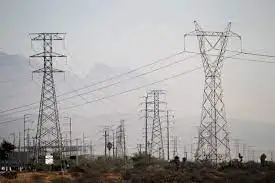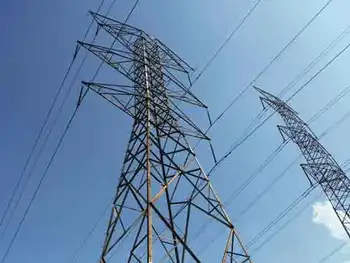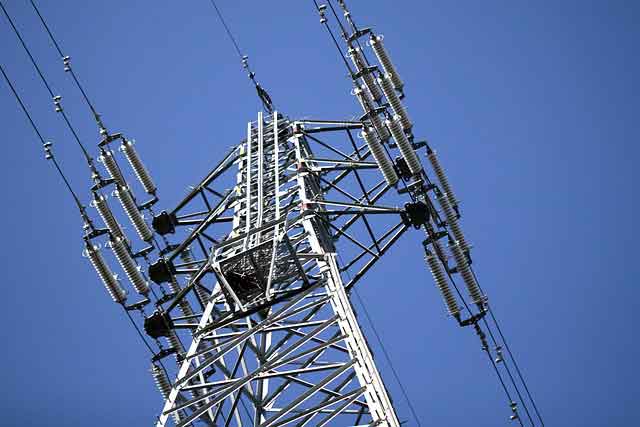Low energy costs key to States' success
By Governor of Virginia, Investor's Business Daily
CSA Z462 Arc Flash Training - Electrical Safety Essentials
Our customized live online or in‑person group training can be delivered to your staff at your location.

- Live Online
- 6 hours Instructor-led
- Group Training Available
As governor of Virginia, recruiting new jobs and investment was my top priority. We recruited high-tech industries that led Virginia to be called the Silicon Dominion.
Due to the new semiconductor fabrication plants, Virginia's No. 1 export today is computer chips — surpassing cigarettes and coal.
Ten years later, I am thrilled to see that Virginia continues to lead the nation in economic development success.
This year, Virginia was named the best state for business by Forbes.com and the second-best state for business by CNBC. Many factors are considered in these rankings, including economic climate, quality of life, educated work force and regulatory environment, with the cost of doing business usually weighed most heavily.
These business costs measure the tax burden on businesses, the cost of labor and energy costs. While the cost of energy has risen nationwide in recent years, Virginia's rankings continue to benefit from energy costs that are 30% below the national average.
High-technology industries — such as telecommunications, computer manufacturing and Internet services — provide exciting advancements and growth potential.
These industries are driven by electricity requiring affordable "perfect" power. Thus, the cost and reliability of our electricity supply are crucial factors in attracting new business and driving economic growth.
A recent study by Frank Clemente of Penn State analyzes electricity rates by state and tracks those prices with the percentage of a state's electricity supply that comes from each of the major energy sources: coal, natural gas, nuclear, petroleum and renewables (including hydroelectric).
Comparing the results of this study with the business friendliness rankings of states provides us with insights into electricity resources and costs.
Seven states landed in the top 10 of both the Forbes.com and CNBC Best States for Business: Virginia, Texas, Utah, Idaho, North Carolina, Colorado and Georgia. Of those states, only Texas has electricity costs higher than the national average and is the only one of the seven that gets most of its electricity from natural gas.
The Energy Department reports that in 2007, Virginians paid an average 7.01 cents per kilowatt hour for electricity compared with the national average of 9.05 cents.
Forty-eight percent of Virginia's electricity supply comes from coal and 37% from nuclear energy, 10% comes from natural gas and 7% from renewables.
Four of the seven states get most of their electricity from coal.
Conversely, we see that several of the Eastern states that rate lower suffer from electricity costs above the national average, and a large share of their electricity comes from natural gas.
For instance, electricity in Massachusetts costs 16 cents/kwh, and that state derives 57% of its electricity from natural gas. Rhode Island pays 15.73 cents/kwh and uses natural gas for 97% of its electricity.
Natural gas is a wonderful, clean-burning fuel needed to heat our homes, fuel our manufacturing industries and possibly power transit buses and fleets. But using natural gas for generating base-load electricity is three times costlier than coal.
Nuclear power is our cleanest, most efficient source of energy, but it will take decades to get more reactors online. The French get more than 80% of their electricity from advanced nuclear and reprocess the spent fuel in a more efficient and safe way. If the French can do it, Americans can too!
Coal is abundant, readily available, relatively inexpensive — and ours. The development of clean coal technologies has hugely reduced the emission of sulfur, nitrogen and other pollutants from coal-fueled electric plants.
Our coal-based electricity generating plants are 70% cleaner today than in 1970, based on emissions per unit of energy produced.
We can keep energy costs down and encourage research and development by meeting our growing electricity needs with the most efficient and lowest cost resource available to us now: American coal.
Rather than policies that cause skyrocketing electric bills and job losses, let's enact policies that use American resources to create American jobs for America's economic competitiveness and security.
For the country's economic competitiveness, more base-load electricity should be powered by American clean coal and advanced nuclear plants.











